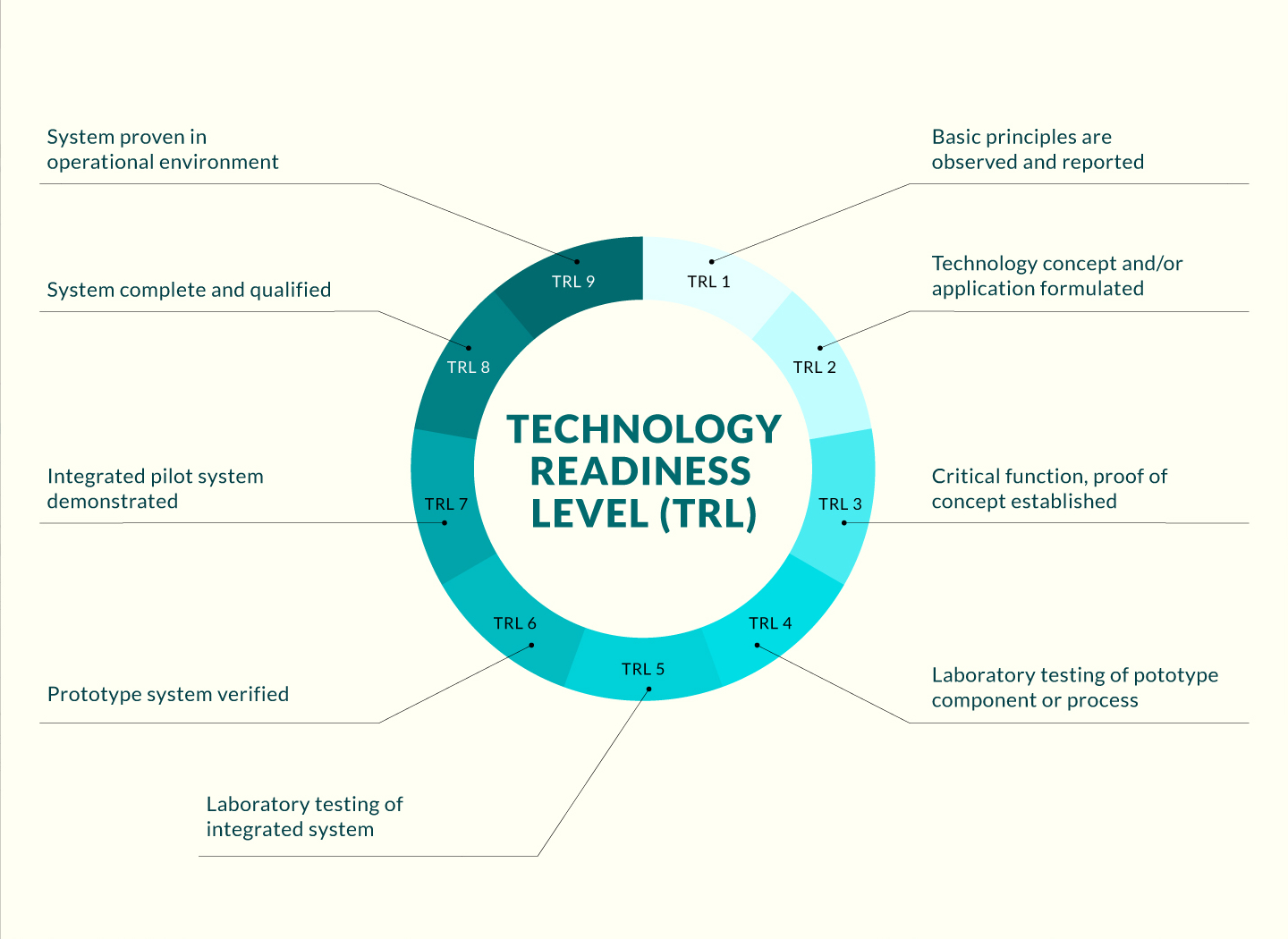
Opportunity
The purpose of low-rank matrix recovery (LRMR) is to accurately reconstruct or restore data in a matrix while preserving the underlying structure and relationships within the data. LRMR has numerous real-life applications in sectors that rely on data analysis, image processing and machine learning; these applications include image restoration, hyper-spectral remote sensing, shadow removal and video separation. However, current approaches to LRMR (primarily rank minimisation and factorisation-based low-rank approximation) have several drawbacks. For instance, some approaches down-weigh uncontaminated data, which can lead to suboptimal results, and fail to achieve sparseness, which is a desirable property in many practical scenarios. Existing methods also have high computational complexity, especially for large-scale problems. Therefore, there is a need for a relatively computationally simple method of performing matrix recovery without down-weighing uncontaminated data or losing sparseness to improve the efficiency and performance of recovery when entries are missing and/or noisy.
Technology
Researchers have developed a computer-implemented method of performing robust low-rank matrix recovery using a new loss function, known as the hybrid ordinary Welsch (HOW) function. The HOW function is applied to two main tasks: robust matrix completion, which fills in missing data, and robust principal component analysis, which analyses data structures. Whereas traditional methods tend to treat all data points equally, the HOW function specifically adjusts the influence of outliers (data points that are significantly different from others) on the recovery process. This allows the clean data to be used more effectively. The invention also introduces a way to achieve sparseness in the recovered data, which makes the method more robust and computationally efficient than conventional approaches. The invention can be implemented in an electronic device that processes data, making it feasible for real-world applications.
Advantages
- The invention outperforms conventional techniques in terms of restoration performance and runtime, particularly in hyperspectral imaging applications.
- The invention does not down-weigh normal data, which helps to maintain the integrity of the recovery process.
- Unlike existing practice, the invention satisfies three desirable properties of matrix recovery: unbiasedness, sparsity and continuity. These properties make it more accurate and computationally efficient than existing methods.
- Compared with existing methods, the novel function more effectively handles outliers without compromising the quality of recovery.
Applications
- Image restoration
- Hyper-spectral remote sensing and imaging
- Shadow removal
- Video separation



